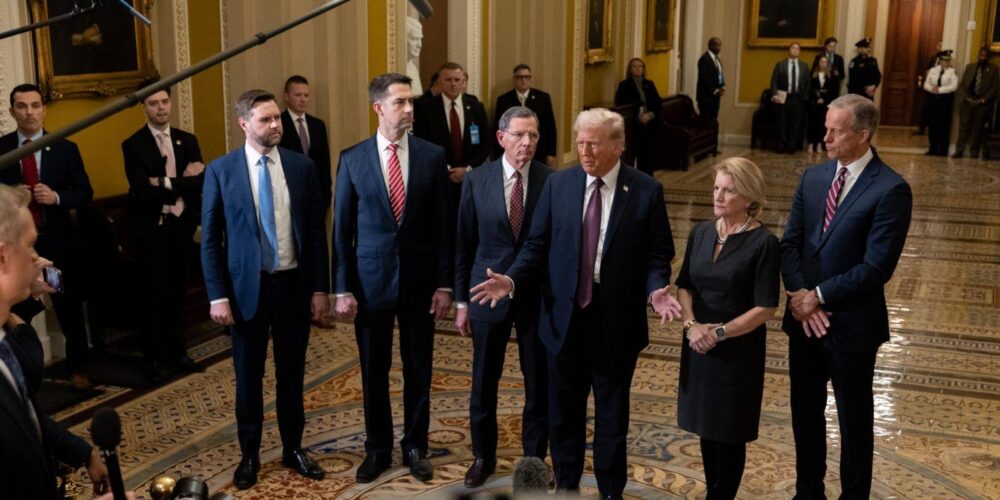The six-week-long federal government shutdown in the United States, which came to an end late Wednesday, will leave a lasting imprint on an economy already grappling with various pressures. Although the shutdown has concluded, experts caution that the full scale of its economic consequences will take time to become fully apparent.
Approximately 1.25 million federal employees went without pay from October 1, enduring substantial financial strain during the impasse. The shutdown severely disrupted national operations, with close to 10,000 flights canceled since the previous week. Air traffic controllers have now resumed work, but officials warn that delays and interruptions in travel may persist for some time.
Government contracts slowed dramatically, with ripple effects on industries relying on federal spending. Key social programs, including food aid for vulnerable populations, experienced pauses, creating hardship for recipients dependent on those benefits for daily sustenance. Although back pay is expected for furloughed workers, not all economic losses can simply be recovered. Canceled flights will not all be rescheduled, restaurant reservations remain lost, and some purchases that were postponed during the shutdown may never occur, leaving a void in consumer activity.
Crucially, the shutdown stalled the release of important economic data concerning jobs, inflation, and consumer spending. This data blackout hampers economic forecasting and complicates the Federal Reserve’s task of adjusting interest rates. The roulette of missing information has cast doubt over whether the Fed will pursue a previously anticipated rate cut in its December meeting, adding a layer of uncertainty to monetary policy decisions.
Heather Long, chief economist at the Navy Federal Credit Union, described the shutdown’s impacts as “harmful” across the board, not only for economic output but also for the collection of vital employment and price data necessary to chart the nation’s economic trajectory.
The Congressional Budget Office estimates the shutdown’s toll on gross domestic product (GDP) to be between $7 billion and $14 billion, a significant economic wound that will never be fully repaired since it stems from a self-imposed federal closure. Consumer sentiment has plunged to near-record lows, reflecting widespread public unease and decreased willingness to spend, compounding challenges for retailers and service providers.
Tourism hubs such as Washington D.C. and Hawaii were particularly hard hit, with closures of parks and monuments and the accompanying fall in visitor numbers hurting the hospitality sector and related businesses like hotels and restaurants.
Beyond immediate economic costs, the shutdown has eroded global confidence in the United States’ economic stewardship. Political gridlock and fiscal uncertainty have contributed to concerns about America’s leadership as the preeminent free-market economy amid rising competition from international powers. The shutdown has intensified these worries, further complicating investors’ trust and potentially raising borrowing costs for the country.
Despite the shutdown’s end, the lasting impacts on households, businesses, and government functions will unfold over coming months. The resumption of federal payments and the resumption of services bring hope for recovery but cannot fully erase the disruption endured.
In summary, the U.S. government shutdown has been a substantial economic setback, interrupting income for federal workers, disrupting transportation networks, and stalling critical economic data releases. As the country seeks to regain momentum, navigating the aftershocks of this unprecedented closure will require steady policy responses and careful monitoring to restore confidence and economic stability.









